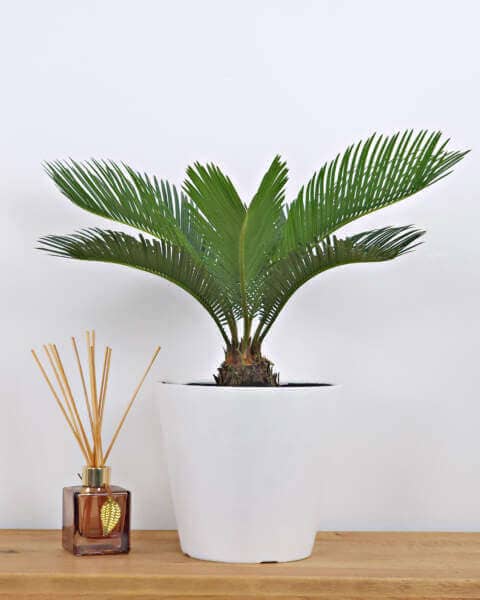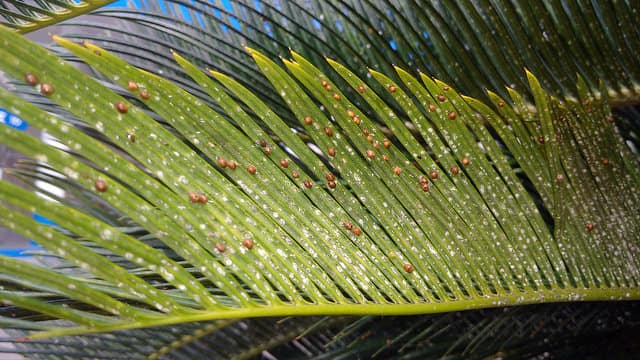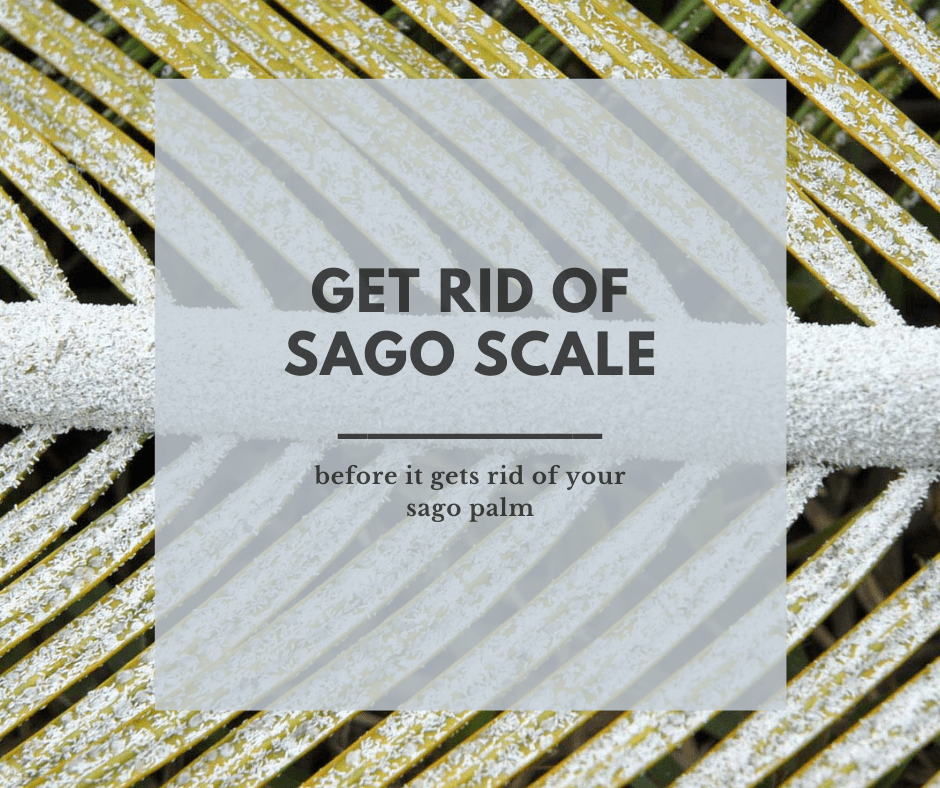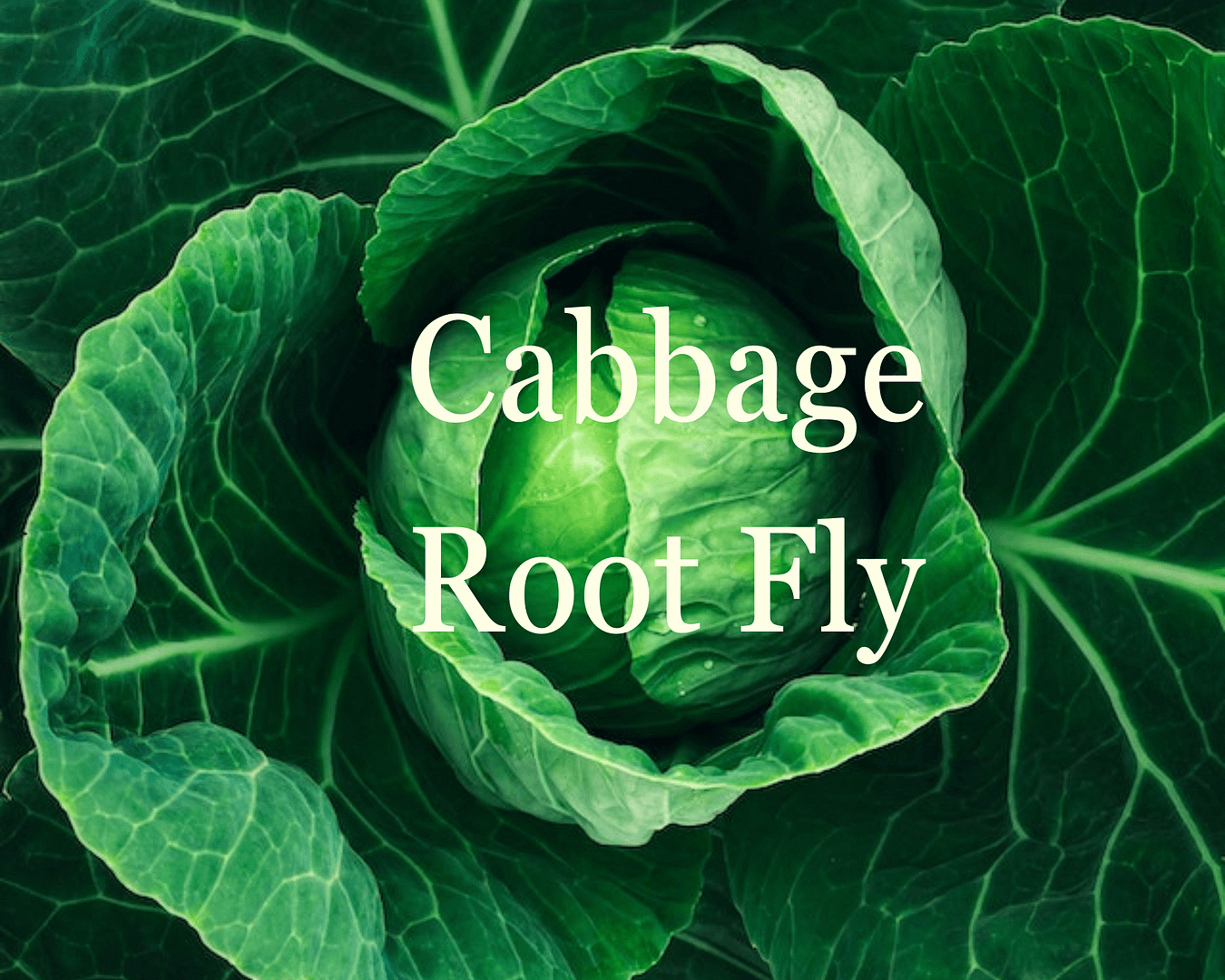This post may contain affiliate links. As an Amazon Associate we earn from qualifying purchases.
Ew, what’s that white stuff on my sago palm?” asks a reader from Southern California. That, my friend is evidence of a huge infestation of sago scale or what is commonly known as cycad scale (Aulacaspis yasumatsui).
A type of armored scale, these guys would be harmless if they showed up by their lonesome. Instead, they come in gangs and may kill your sago palm if not controlled.
Description and Life Cycle of Sago Scale
Sago scale (Aulacaspis yasumatsui) is an armored scale but, because it may colonize even the plant’s roots, it is more insidious than others in this classification. While both male and females are tiny, the female is only 0.04 to 0.06 inches in length.
Both are white, with an irregular shape. Sago scale eggs are orange and hatch within 12 days. From then, it takes only 28 days for the pest to reach maturity, with its entire life lasting only 75 days or less.

Sago Scale Damage
Before you see the “white stuff” on your sago palm you may notice yellow spots that turn brown and dry. As the infestation worsens, the leaves may be covered in white – both dead and alive – scale. Sometimes the scales will cluster only on the undersides of the leaves. The insects suck the juices from the plant and, like I mentioned, they will kill it if not controlled.
Control Surface Sago Scales
Because sago scale infests so many parts of the sago palm, it is difficult to control. Some of the insects may be hidden in the roots or in leaf petioles, ready to re-infest the plant just when you think you’ve got the problem under control.
Prune infested leaves, bag them and remove them from the area. Spray the remaining leaves with horticultural oil.
Ensure that the entire plant, including both the top and the underside of the foliage is covered with the spray. Reapply every two weeks, three additional times. Even when the pests are dead they tenaciously cling to the plant but will eventually drop off.
Control Subterranean Cycad Scale
Since sago scale may be in the cycad’s roots, agricultural researchers with the University of Hawaii suggest using a systemic insecticide in addition to the oil spray. Choose an insecticide with the active ingredient dinotefuran ( Safari™) and use 1.5 teaspoons of the insecticide in 1 gallon of water. This is a pricey insecticide but, hey, it’s for a pricey plant, right? It doesn’t cost as much as replacing a sago palm.
If you have mulch around the sago, pull it back to bare soil. Dig a trench about 6 inches from the base of the sago and completely surrounding it — about 4 inches wide and 5 inches deep is fine. Pour the insecticide into the trench slowly, ensuring that you pour it evenly all the way around the plant. Fill the trench with the soil you removed. Replace the mulch but don’t water for a week or two.
Mention of a fertilizer or pesticide, or use of a pesticide or fertilizer label, is for educational purposes only. Always follow the product’s label directions attached to the container you are using. Be sure that the plant you wish to treat is listed on the label of the pesticide you intend to use. If growing edibles, check the label for the number of days between pesticide application and when you can re-enter the area and/or harvest your crop.
Featured photo courtesy Texas A&M University




